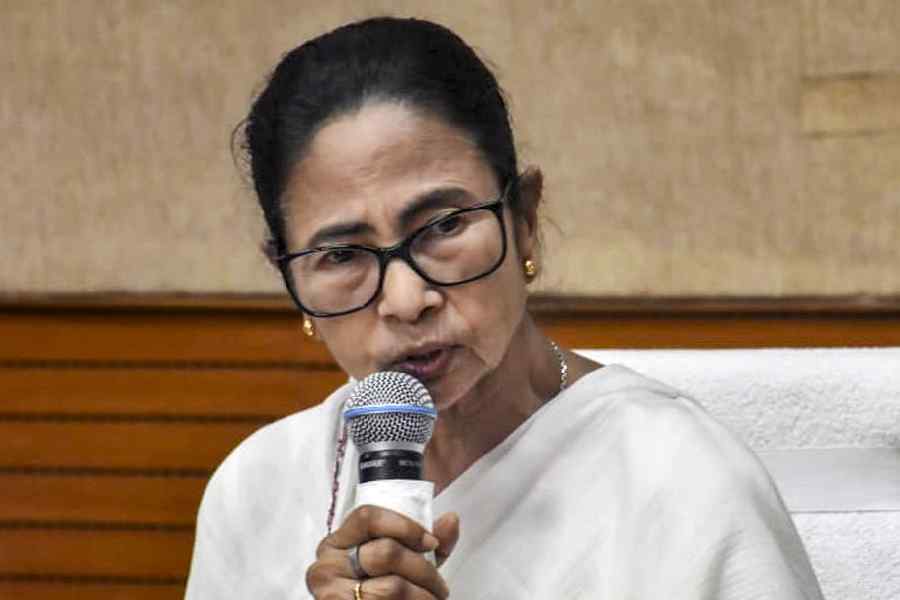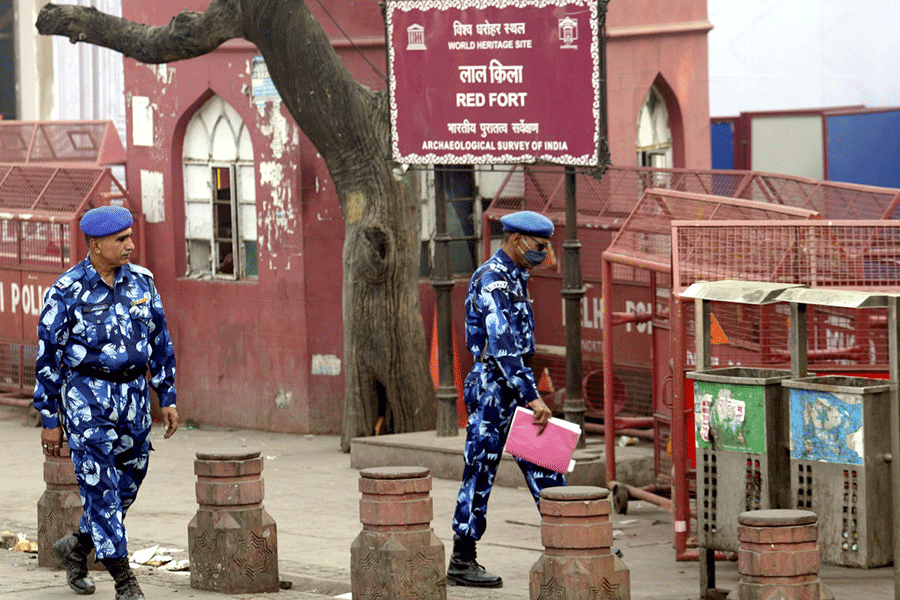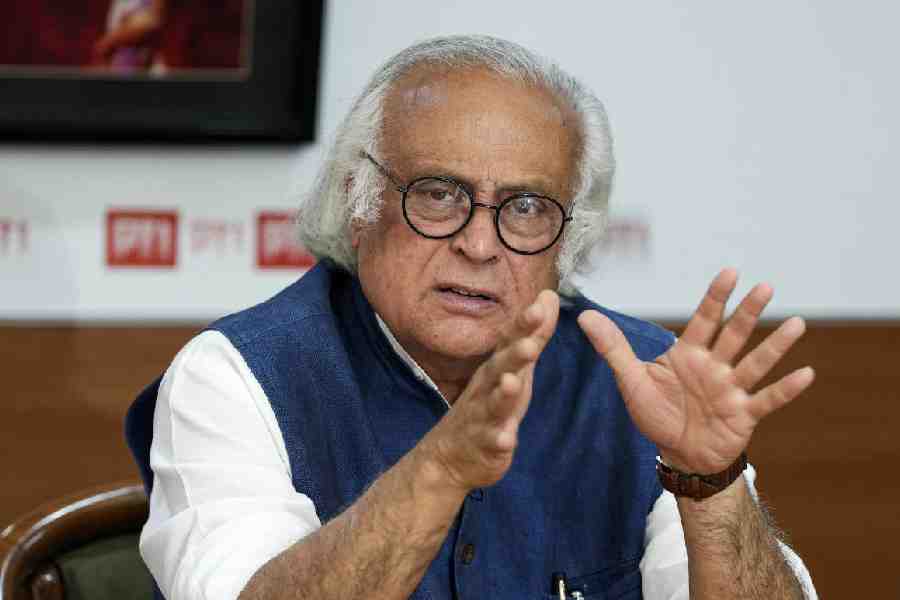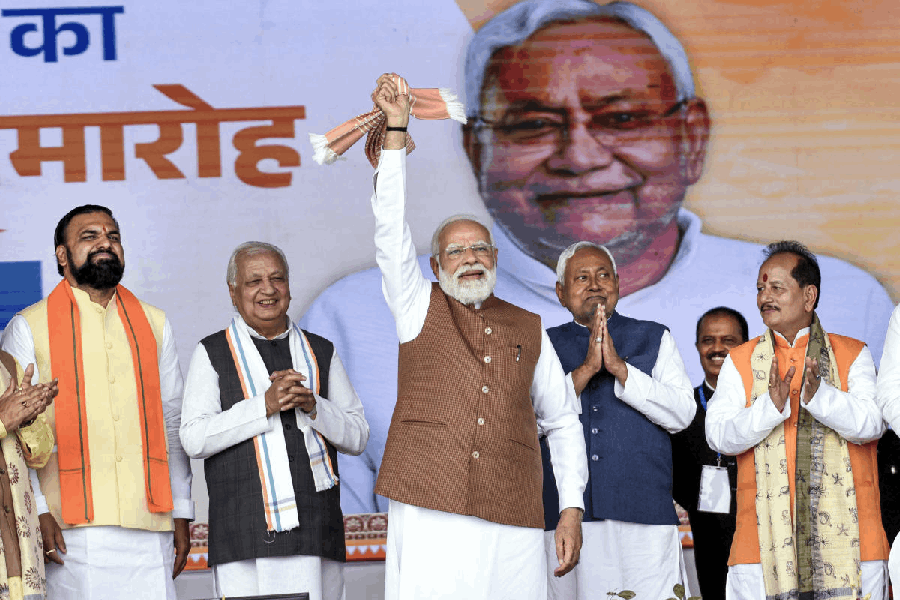Reserve Bank of India (RBI) governor Sanjay Malhotra on Thursday said that the central bank has not set any target for the rupee’s exchange rate against the dollar, stressing that market dynamics drive currency movements.
Speaking at the Delhi School of Economics, Malhotra said the recent depreciation of the rupee reflects rising demand for dollars, influenced by capital flows and current account trends.
“Ultimately, it’s a financial instrument. If demand for the dollar rises, the rupee depreciates. If demand for the rupee increases, dollar demand falls. The underlying factor is how demand changes because of capital and current account flows,” Malhotra said in response to a query from students.
The rupee has slipped from 85.5 at the start of the fiscal year — when US President Donald Trump announced reciprocal tariffs on all countries — to 88.7 on Thursday.
Malhotra expressed confidence that a “good trade deal” with the US would ease pressure on India’s current account, adding that the country’s foreign exchange reserves provide a strong buffer.
India’s current account deficit had narrowed to $2.4 billion (0.2 per cent of GDP) in Q1FY26, compared with $8.6 billion (0.9 per cent of GDP) in Q1FY25. This followed a surplus of $13.5 billion (1.3 per cent of GDP) in Q4FY25.
Analysts expect softer oil prices and resilient services exports to keep the deficit at around 1 per cent of GDP in FY26, despite near-term weakness in merchandise exports amid tariff headwinds.
“Moreover, the presence of sufficient macro stability buffers in the form of foreign exchange reserves, import cover and low external debt to GDP keeps the external balance sheet fortified,” analysts at Morgan Stanley India said.
Analysts at Elara Capital forecast the USD-INR to trade in the 88.3–88.8 range in the short term.
“If the trade deal with the US materialises, we don’t rule out the USD-INR moving towards 87.5 over the next three months,” the brokerage said in a report.










